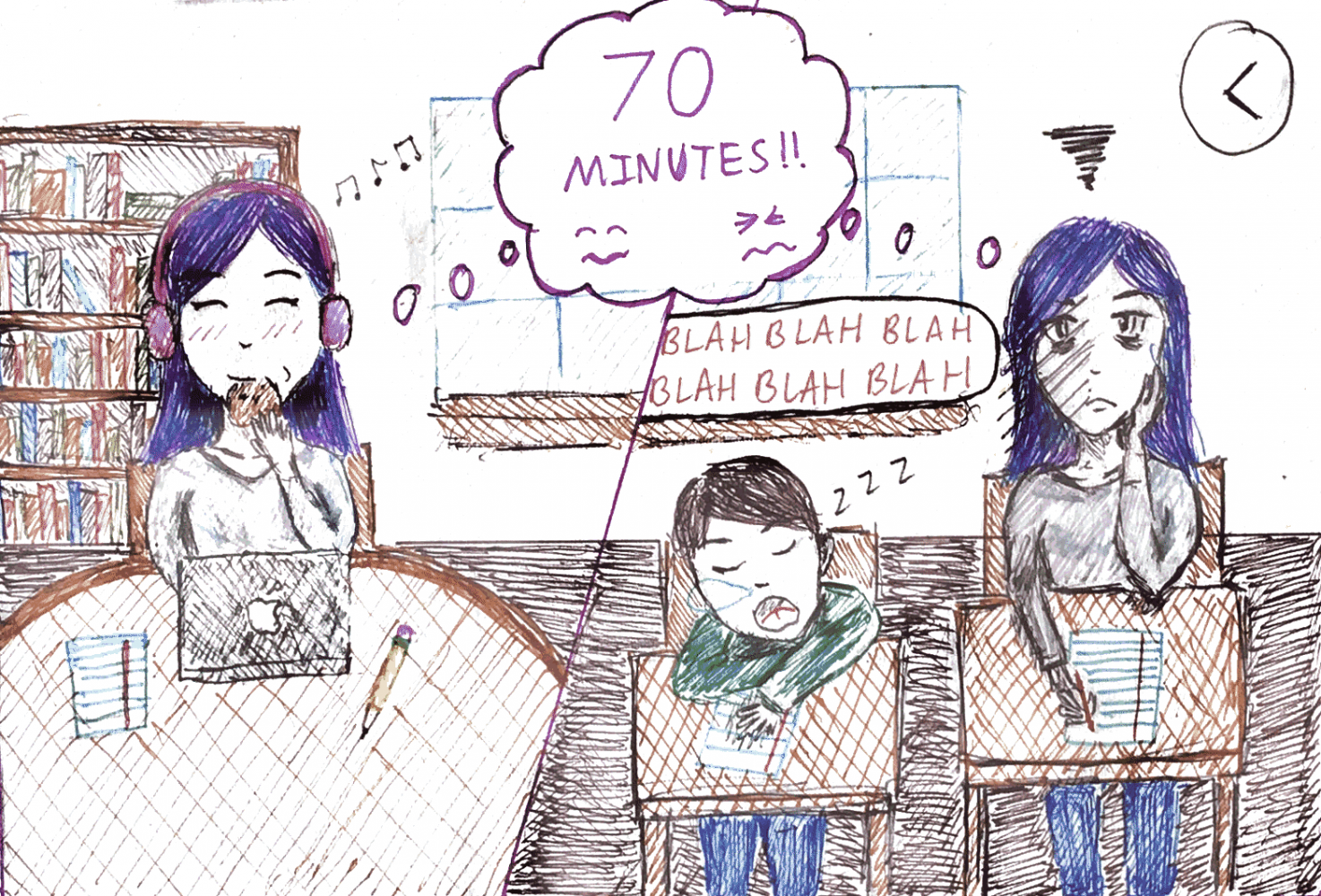How to Adjust to Next Year’s Schedule Change
May 17, 2017
So now we know what the new schedule looks like and what it involves: 70-minute-long periods, community free periods, four periods a day, a mid-morning break, and A-G days–essentially a complete 180 from the schedule we have now. But how do we adjust? This transition will be especially hard on rising juniors and seniors, who are used to the original schedule. As someone who came from a school that uses a similar schedule, I am going to give some advice on how to deal with this change.
Essentially, the idea behind this new schedule is that it will hopefully slow down our school day. By having only four classes a day, we will have more time to process what we have learned. The major downside of this is the lack of repetition, which will particularly hurt classes like language, science, and math, which benefit from near daily review. To combat this, we need to take such review into our own hands, in our own time.In this way, the ease of this transition largely depends on us taking on this responsibility.
However, fewer periods a day also means less homework. Less homework means more free time, and while it may be tempting to spend it frivolously, it is in this time that we have to review content and bring ourselves up to speed for the next day’s classes.
Longer periods are also part of next year’s schedule. Getting through these can be pretty rough, but teachers are aware of our relatively short attention spans and will try to create interesting lesson plans to keep us involved. There is also a short break in the middle of double periods. During this time, you should stand up and stretch, walk around a bit, get something to drink or eat—anything to break the monotony of sitting down for 70 minutes at a time.
You should definitely take advantage of the Conference/Collaboration block at the end of each day. These periods are essentially a high school-wide free that every teacher and student has. They can be used for clubs and for scheduling meetings with teachers, something I heavily recommend you do. However, teachers often teach several different classes a year (for instance, your math teacher might teach both Precalculus and Calculus). If you are struggling to understand a concept in your class, you should schedule a meeting as soon as you can, because if it is not you, it will be somebody else meeting with the teacher then. An upside to the universal free is that you can schedule meetings with teachers with your friends, in order to make a meeting less intimidating or awkward.
Lastly, I would like to talk about adjusting to the A-G day organization. I personally found memorizing my schedule was pretty difficult with this kind of organization, so I wouldn’t recommend doing that. Keeping track of what letter day it is can be a bit tricky, but a quick confirmation with friends can clarify your confusion. As a safety-net, Schoology will be available to check for what is due when and any upcoming projects or tests.
If you read one sentence in this entire article, let it be this: The secret to a smooth schedule switch is efficient time management. This new schedule puts the responsibility on our shoulders to be organized and up-to-date with content and due dates. While it is a huge switch from our old schedule, this new one was designed with our best interests in mind, so we should try to utilize it to its full potential.








